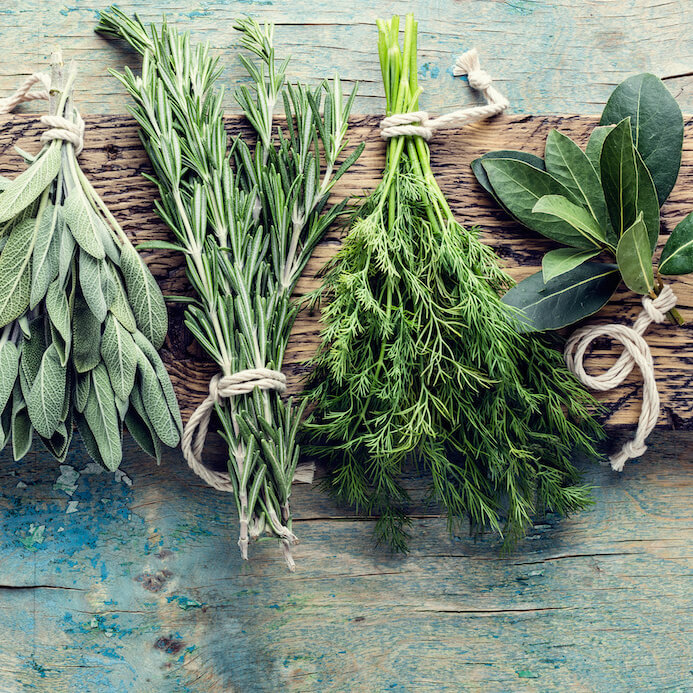Living Maxwell
Better Choices
How Do Your Favorite ‘Organic’ and ‘Made with Organic’ Snack Bars Rate? Take a Look at Cornucopia’s Scorecard
When you are in the checkout line at the supermarket and looking for a nutritious snack to satiate your hunger, take caution when selecting an energy bar.
The energy or snack bar market is big business — a $9 billion industry — and many people are easily fooled by the slick marketing that food companies employ to get you to purchase their products.
The absolute first thing to look for is a certified organic snack bar — one that has the green and white USDA organic seal on it.
And it’s very important not to fall into the trap of thinking that certified organic bars and ones that say “made with organic ingredients” are the same thing. They are categorically not the same.
Because of a loophole in organic regulations, many “made with organic ingredients” bars contain protein isolates which have been processed with the neurotoxic solvent hexane — a byproduct of the gasoline refinement industry.
In order to help you figure out which snack bars are the best, among both organic and conventional, The Cornucopia Institute has just released a brand new report called Raising the Bar: Choosing Healthy Snack Bars versus Gimmicky Junk Food.
Raising the Bar exposes misleading marketing practices by food industry giants and calls out leading natural/organic brands for using cheap, conventional ingredients instead of creating nutritive products that qualify for the USDA organic label.
As it turns out, the highest rated brands in this report are Simple Squares, Bearded Brothers, and Larabar Organic with Superfoods. These three are all USDA certified organic and use only organic fruits, nuts, and seeds without any added sugars, gums, flours, protein isolates, or preservatives.
To read Raising the Bar – Executive Summary, click HERE.
To read Raising the Bar – Full Report, click HERE.
To see how your favorite snack bars rate, check out the Snack Bars Scorecard, which is mobile-friendly.
This scorecard is just another extremely valuable piece of research from Cornucopia, one of the organic industry’s most important watchdog organizations. These people are doing the very hard work to keep us both safe and informed.
